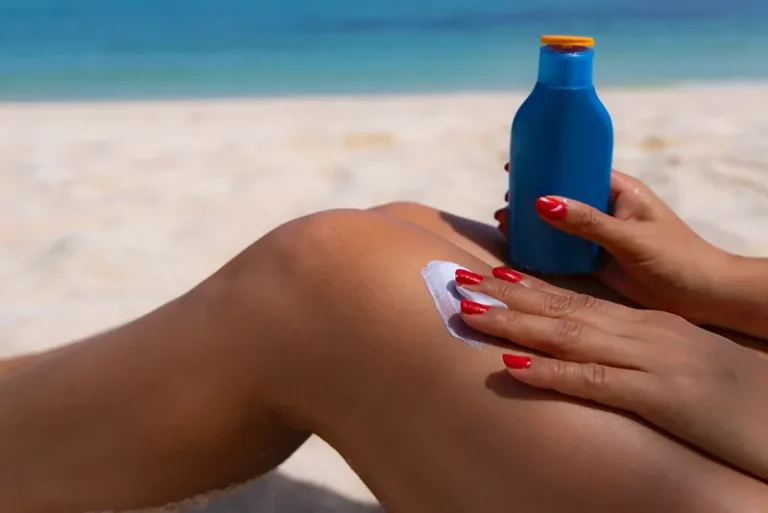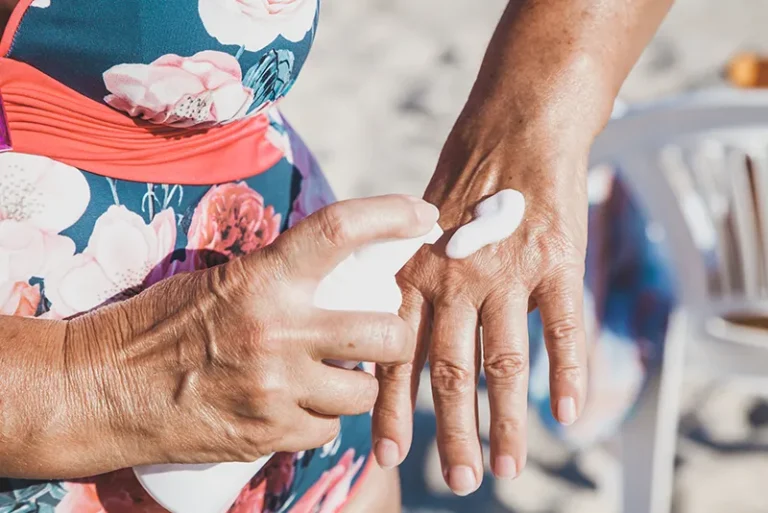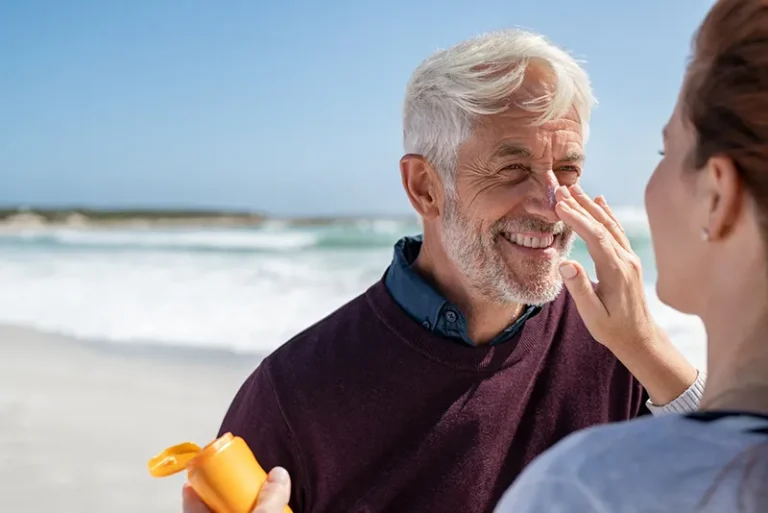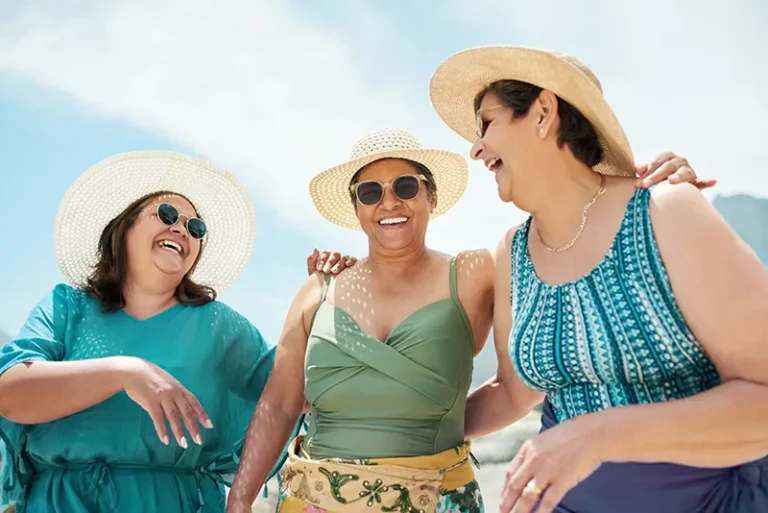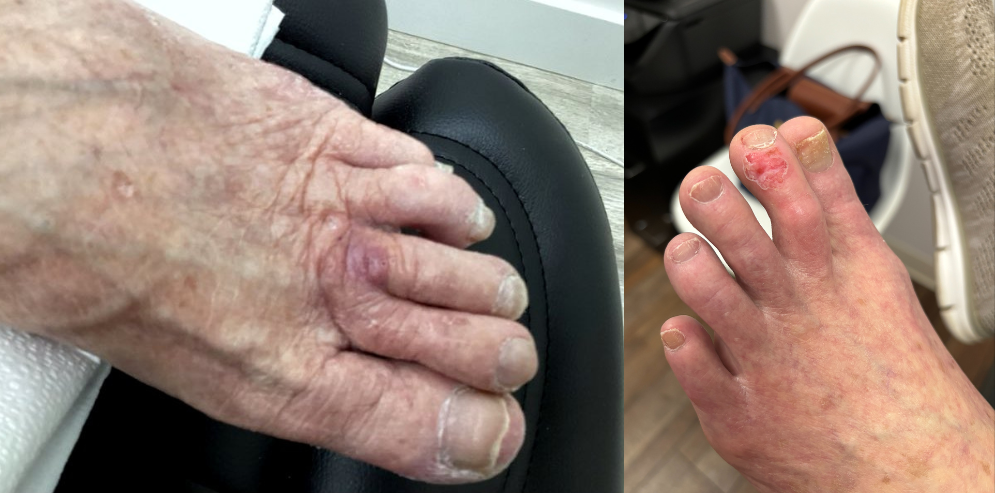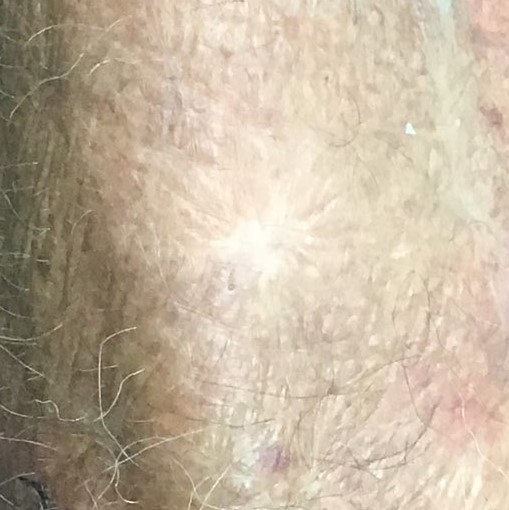
What is Image-Guided SRT? Image-Guided SRT stands for Image-Guided Superficial Radiation Therapy — a surgery-free form of skin cancer treatment. Because it involves no cutting and uses X-ray energy, it won’t prevent you from doing the things you love, and it shows your progress with each treatment session. Image-Guided SRT is effective against basal cell and squamous cell skin cancers. Read on to learn more about the Image-Guided SRT benefits that make it the best choice for many people with skin cancer.
Alleviates Surgical Anxiety
Pre-operative anxiety can be intense for many people with skin cancer. Anxiety about surgery often stems from a fear of anesthesia or being in pain. The average Mohs procedure takes about three to four hours and a local anesthetic is used to numb the area. Pain levels during Mohs can vary, depending on genetics and other factors. Surgical anxiety can affect how a person interprets the amount of pain they’re experiencing during the surgery. If a person has a high level of stress before their surgery and anticipates severe pain, they may report more pain during the procedure.
Image-Guided SRT alleviates surgical anxiety, because it’s not a surgery at all. It’s a procedure that involves the use of X-ray energy and ultrasound images to locate, measure, and treat skin cancer. This removes the need to cut into the skin, which is what surgeons must do during Mohs to learn the size and depth of the skin cancer. Anesthesia isn’t needed for Image-Guided SRT and it takes 18-25 short sessions (about 10 minutes each) over a period of several weeks to treat the skin cancer area. No cutting is ever required.
Treats More than One Skin Cancer Area at a Time
Image-Guided SRT can multitask by treating more than one skin cancer area at a time. Mohs surgery involves cutting into the skin and removing the skin cancer layer by layer. Each layer is examined under a microscope for cancer cells until none remain. After the cancer is removed, the area needs time to heal. Reconstructive surgery may be needed later, extending the process. This means that Mohs can only treat one skin cancer area at a time. Image-Guided SRT can address more than one skin cancer spot without the need for bandages and bleeding wounds to clean and care for.
Won’t Leave Skin Scarred or Needing Reconstructive Surgery
When Mohs surgery is performed on areas that are easily seen, such as the nose, lips, and around the eyes, reconstructive surgery is often needed for cosmetic reasons and/or to restore functionality. Mohs reconstruction surgery is done in an office or at a surgical center as an outpatient procedure and can take four hours or longer to complete. Image-Guided SRT removes the need for cutting into the skin altogether, which means scarring and reconstructive surgery aren’t causes for concern. This is reassuring for people who have skin cancer, but don’t want to deal with lasting scars or additional procedures.
You Can See the Cancer Area Shrinking
Because Image-Guided SRT uses ultrasound images, it’s easy for people receiving the treatment to see their progress with each session. If you have skin cancer, one fear you might have about Mohs is that the skin cancer area might not be fully removed the first time. Over the course of your Image-Guided SRT treatment, you’ll actually see the skin cancer area shrink until it eventually disappears. Image-Guided SRT cures over 99% of basal cell and squamous cell skin cancers.
Learn More About Image-Guided SRT from GentleCure™
If you’re searching for a non-surgical skin cancer treatment option, Image-Guided SRT may be the right one for you. Speak with your dermatologist about your best treatment options, based on your individual case. To learn more about the benefits of Image-Guided SRT, contact us online or call us at 855-936-4411 to speak with our Skin Cancer Information Specialists. We can help you find the cities closest to you, where Image-Guided SRT is available.
